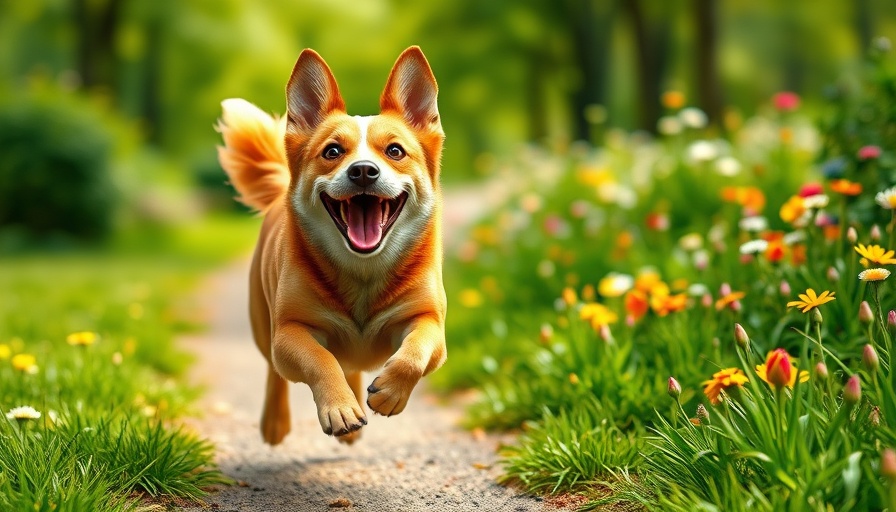
Revolutionizing Photography with AI Relighting Techniques
In a world where technology breathes new life into the mundane, a recent breakthrough in AI relighting techniques has the potential to change how we perceive and edit photographs entirely. Traditionally, altering the lighting in a 2D photograph has been a multi-step, often frustratingly limited task, demanding skilled hands and desktops loaded with software. However, recent research reveals an incredible leap forward that may soon render the limitations of Photoshop obsolete.
In New AI Research Solved The Problem Photoshop Never Could!, the discussion delves into revolutionary AI relighting methods, sparking deeper analysis on the changing landscape of photography.
The Magic of AI in Image Transformation
The new AI model introduces a streamlined method for revitalizing photographs by allowing users to shift light sources, change times of day, and manipulate ambiance seamlessly. Imagine transitioning a daytime scene to a starry night in mere seconds. This innovation feels almost like uncovering Leonardo da Vinci's Mona Lisa at a vibrant nightclub—where lighting transforms more than just mood, but the essence of an artwork.
The process begins with a simple yet powerful concept: de-lighting. By removing the existing light, the model creates a blank canvas of sorts upon which new lighting can be imposed. The technique involves transforming the 2D photograph into a 3D-rendered format, allowing for enhanced control over lighting attributes that were previously impossible to manipulate digitally.
How Does This AI Relighting Work?
The new algorithm feeds on thousands of data inputs—photos paired with corresponding rough 3D renditions. It meticulously adjusts light placement, testing numerous arrangements to find the optimum settings that mimic the original photo's lighting. With every tweak and adjustment, the model hones its understanding, paving the way toward photographic magic that creates lifelike shadows and dynamic light sources.
Within seconds, users can expect to witness a transformation from static images into lively, editable works of art. This instantaneous output does not just boil down to aesthetic enhancement; it empowers creators and businesses to represent their visions more vividly and accurately, potentially capturing audiences' attention like never before.
The Implications for Artists and Businesses
For business owners, the implications are profound. Consider the potential for marketing materials that adapt to various themes or seasons with ease, engaging customers with fresh, captivating content consistently. Students can explore new mediums of creative expression, enriching their learning experiences in art and design. Furthermore, for tech-savvy individuals, this innovation opens doors to entirely new realms of digital creation that blend technology and artistry effectively.
Challenges and the Road Ahead
While these developments ignite excitement, it would be remiss to overlook the challenges that accompany this budding technology. The rendering process is still imperfect, often leading to blocky images or artifacts when light placements defy expectations. Complex materials, such as skin tones or surfaces with specular highlights, present hurdles yet to be tackled fully.
Nevertheless, the trajectory of this AI relighting system suggests a future brimming with possibility. As this technology evolves and matures, so too will the capabilities of digital creation become more refined, allowing artists to manipulate their realities even further.
Conclusion: A New Era in Digital Photography
This remarkable paper showcases a pivotal moment in how photographs can transform from mere snapshots to vibrant, editable experiences. This shift is not merely cosmetic; it represents a revolutionary change in creative control, empowering the artist to direct their vision far beyond the initial moment the photo was taken.
Now is the time to harness these evolving techniques for your projects! Reach out to explore how this AI might enhance your creative endeavors and explore new boundaries.
 Add Row
Add Row  Add
Add 




Write A Comment